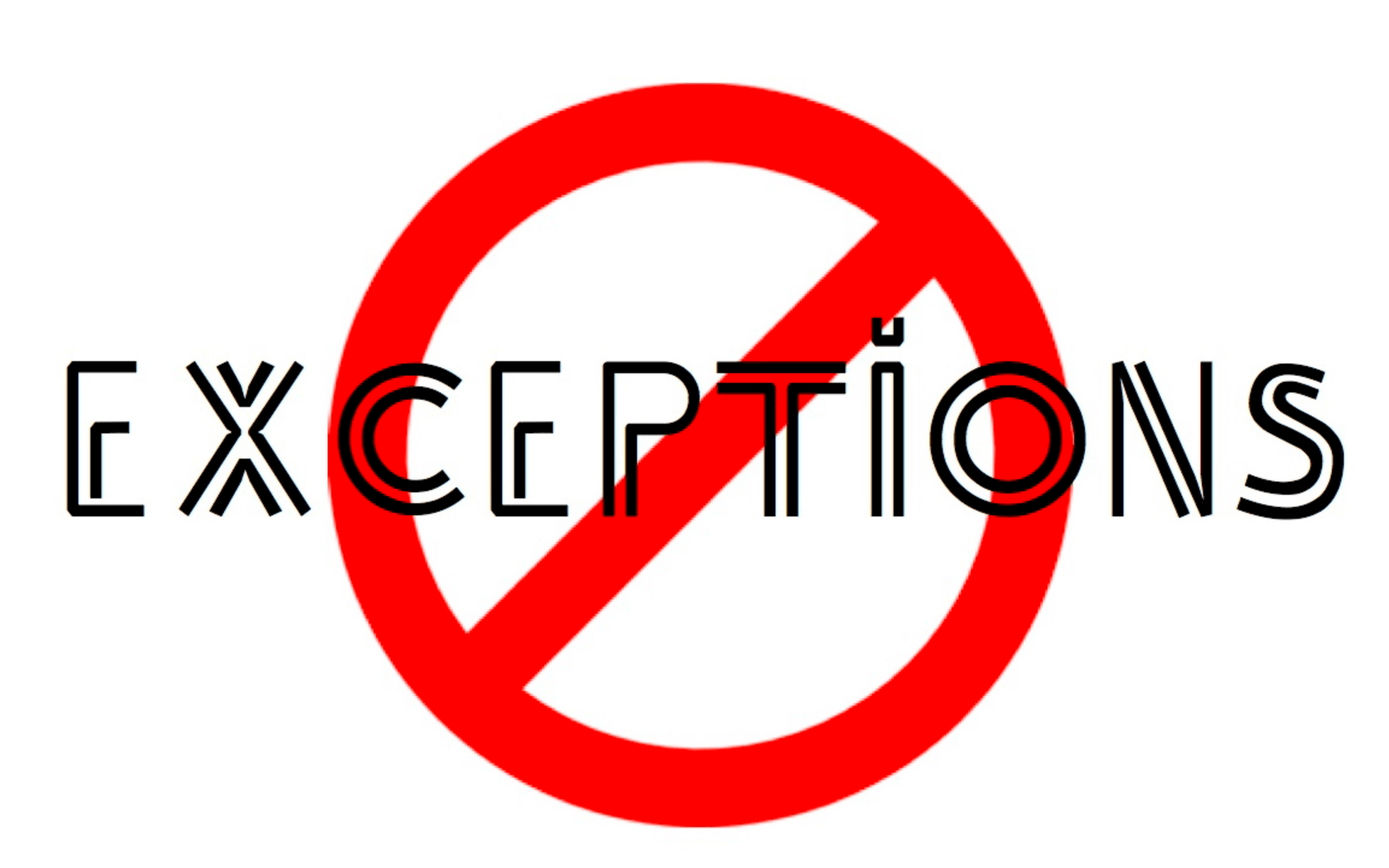Spring에서 전역 예외 처리하기

Spring에서 예외 처리하는 방법은 여러 가지가 있다. 메서드에서 try/catch를 써서 처리할 수도 있고, @ExceptionHandler를 사용하여 컨트롤러 내에서 발생하는 예외를 처리할 수도 있다. 하지만 지금 알아볼 것은 전역에서 발생하는 예외를 처리하는 방법을 알아보려고 한다.
전역에서 예외 처리하기
우선 전역에서 예외 처리를 하는 이유는 무엇일까?
@ExceptionHandler를 사용하여 해당 컨트롤러에 대한 예외 처리를 한다고 하자.
@RestController
public class LineController {
// ...
@GetMapping("/lines")
public ResponseEntity<List<LineResponse>> getLines() {
// ...
}
@PostMapping("/lines")
public ResponseEntity<LineResponse> createLine(@RequestBody LineRequest lineRequest) {
// ...
}
@ExceptionHandler(LineException.class)
public ResponseEntity<ErrorResponse> handleLineException(final LineException error) {
// ...
}
}해당 컨트롤러에서 발생하는 예외는 handleLineException 메서드에서 처리할 수 있다. 하지만 컨트롤러가 늘어난다면 어떨까? 컨트롤러가 늘어나면서 예외 처리에 대한 중복 코드도 늘어날 것이고 많은 양의 코드를 다룰 것이다. 그러면 유지보수 또한 어려워질 것이다.
but!!
전역에서 예외 처리를 하면 위와 같은 문제를 해결할 수 있다.
그래서 전역에서 예외를 어떻게 처리하느냐?
전역에서 예외 처리를 하기 위해 @ControllerAdvice 또는 @RestControllerAdvice를 쓴다.
@RestControllerAdvice는@ControllerAdvice+@ResponseBody이다. (@Controller와@RestController같은 느낌)
이 어노테이션은 AOP(Aspect Oriented Programming)의 방식이고, Application 전역에 발생하는 모든 컨트롤러의 예외를 한 곳에서 관리할 수 있게 해준다.
어떻게 사용할까?
@RestControllerAdvice
public class GlobalExceptionHandler {
@ExceptionHandler(LineException.class)
public ResponseEntity<ErrorResponse> handleLineException(final LineException error) {
// ...
}
// ...
}컨트롤러에서 발생하는 모든 예외는 @RestControllerAdvice가 잡고, @ExceptionHandler가 개별적으로 예외를 잡아 처리하는 방식이다.
전역 예외 처리를 하면서 궁금했던 점
그럼 @Controller에서의 예외는 @ControllerAdvice, @RestController에서의 예외는 @RestControllerAdvice에서 잡아주는 것일까?
아니다. @Controller에서 예외가 발생해도 @RestControllerAdvice에서 잡을 수 있고, @RestController에서의 예외가 발생해도 @ControllerAdvice가 잡아줄 수 있다.
Controller에 RestController를 붙였지만 GlobalExceptionHandler에는 실수로 @ControllerAdvice를 붙인 적이 있다. 하지만 GlobalExceptionHandler에서 Controller에 대한 예외를 잡았다.
이유가 무엇일까?
@RestController와 @RestControllerAdvice가 무엇인지 생각해보자.
@RestController=@Controller+@ResponseBody@RestControllerAdvice=@ControllerAdvice+@ResponseBody
단순하게 생각하면 @RestController와 @RestControllerAdvice는 @Controller와 @ControllerAdvice에 @ResponseBody를 추가한 것뿐이다.
// @RestController
@Target(ElementType.TYPE)
@Retention(RetentionPolicy.RUNTIME)
@Documented
@Controller
@ResponseBody
public @interface RestController {
// ...
}
// @RestControllerAdvice
@Target(ElementType.TYPE)
@Retention(RetentionPolicy.RUNTIME)
@Documented
@ControllerAdvice
@ResponseBody
public @interface RestControllerAdvice {
// ...
}따라서 서로 예외를 잡아 줄 수는 있다. 하지만 @RestControllerAdvice는 @RestController와 마찬가지로 @ResponseBody가 있어서 자바 객체를 Json/Xml 형태로 반환하여 HTTP Response Body에 담을 수 있다.
그러면 @RestControllerAdvice를 사용해서 @RestController에서 발생한 예외만 받을 수는 없을까?
당연히 있다.
@RestControllerAdvice를 사용할 때 @RestControllerAdvice(annotations = RestController.class) 이렇게 셋팅하면 @RestController에서 발생하는 예외만 가져올 수 있다. @ControllerAdvice도 마찬가지다.
